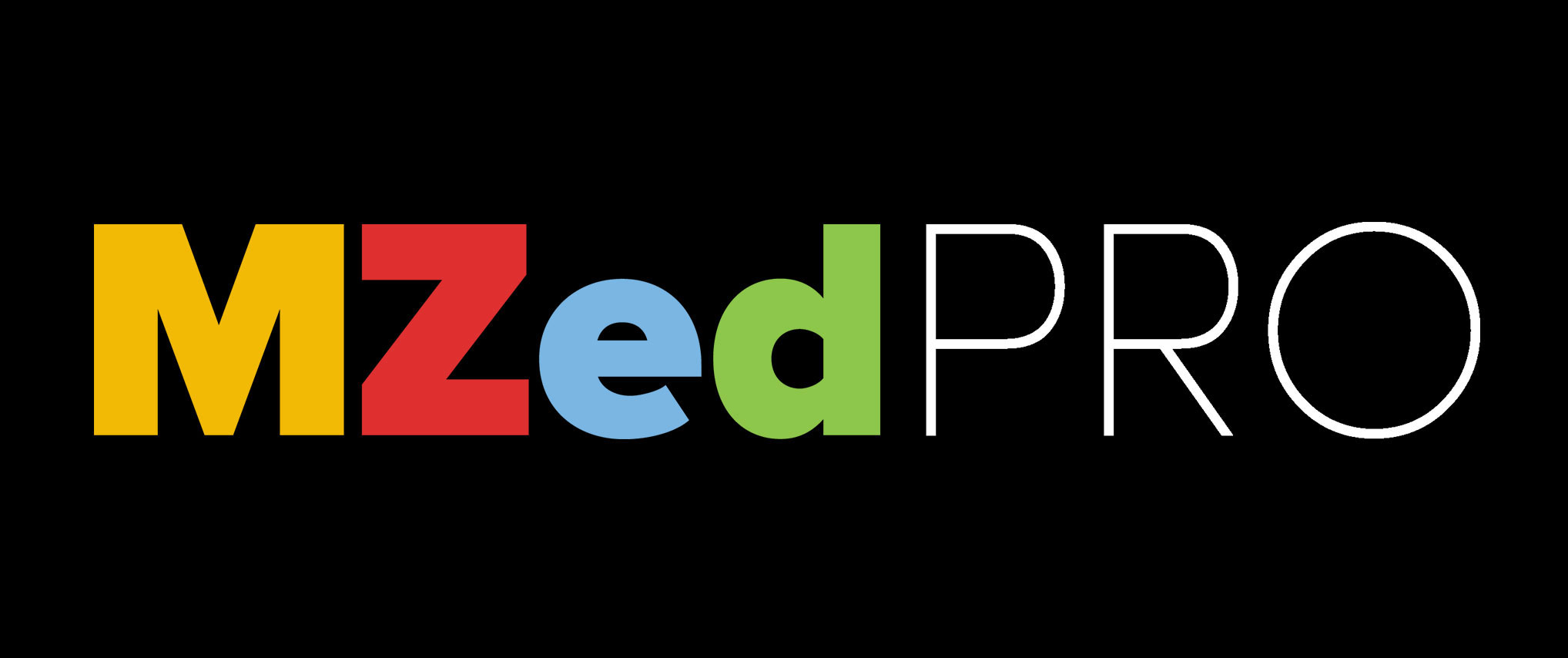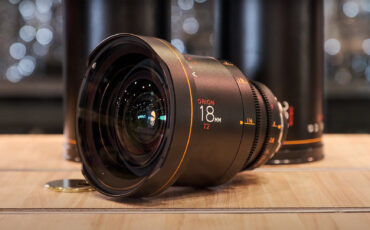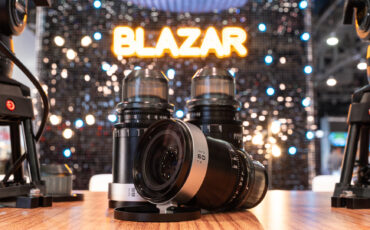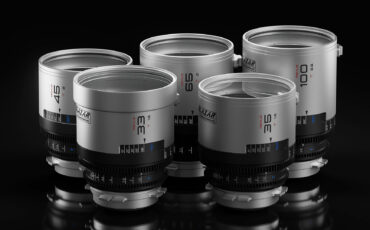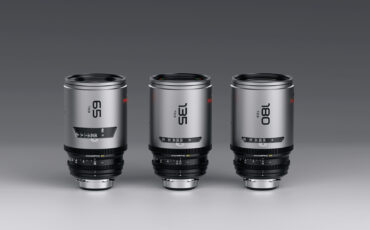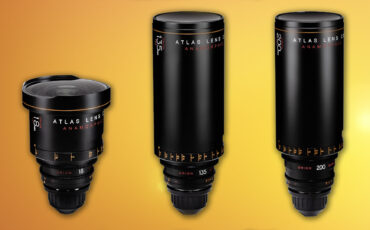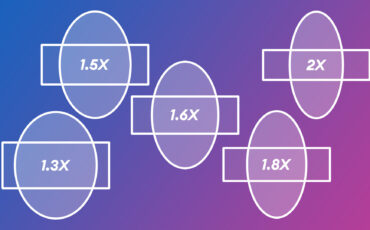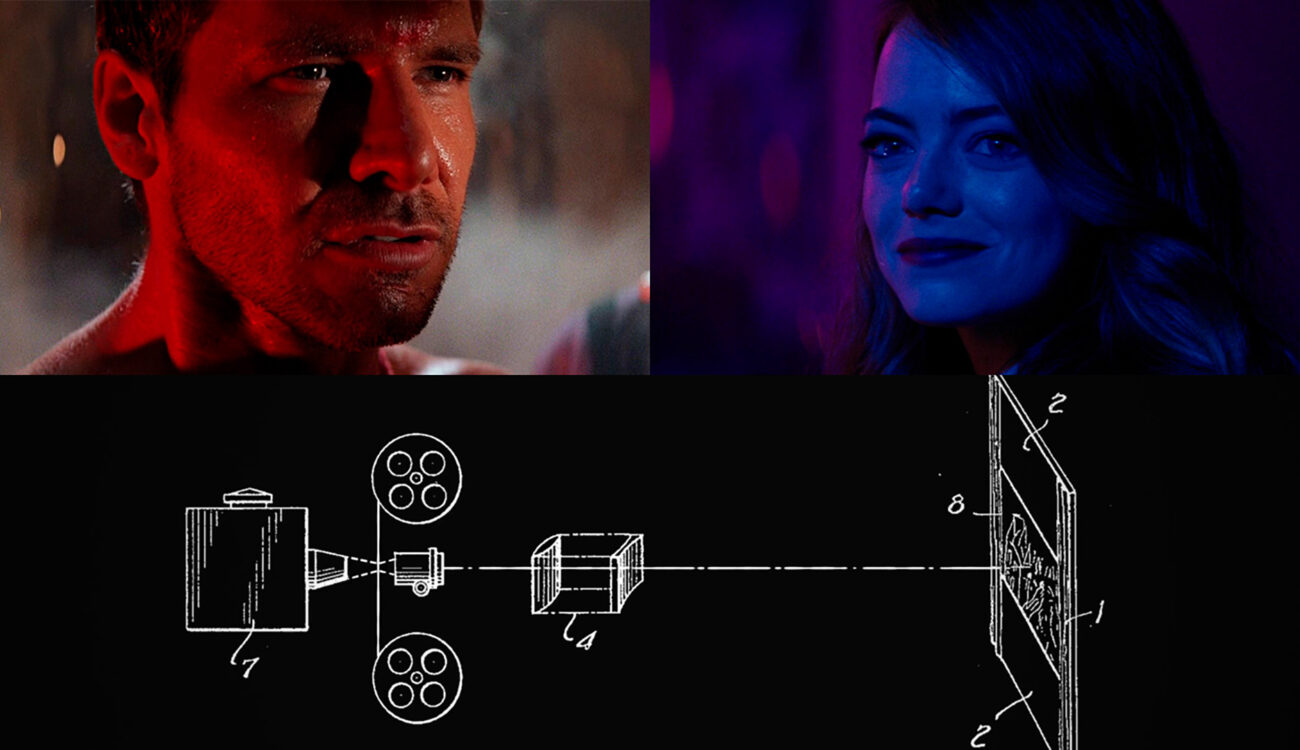
If you had followed our NAB 2024 coverage, you would have definitely noticed the word “anamorphic” popping up in every other video interview. The first look additions to the Atlas Orion series, BLAZAR’s news, on the upcoming wide angle, and a live demonstration of their new affordable Cato full-frame set are just a few examples. It’s remarkable how these lenses have become more accessible over time! No wonder independent shooters also consider buying a set. If you are also intrigued by this concept but have no idea what the “cinematic look of anamorphic lenses” means, then this article is for you. Here, we unwrap the difference between spherical vs. anamorphic lenses, explain the technology in simple words, take a glance at anamorphic adapters, and dive deep into why you would want to shoot scope in the first place.
The theory parts of this text are based on the MZed course “Anamorphic Cookbook” by filmmaker Tito Ferradans. Tito was the first YouTuber who started exploring this technology consistently. For more than a decade, he has reviewed many lenses and adapters, released countless DIY guides, and educated and consulted numerous cinematographers. In fact, his name is already so tied to the concept of shooting scope that it is almost an unlinkable chain in our brains: Tito Ferradans = anamorphic. (I’m kidding, but also completely serious).
His courses are jam-packed with expert knowledge delivered in a funny and easy-to-understand way. So if you want to dive even deeper, check out “Anamorphic Cookbook” (and its “Part 2”) on MZed.com now.
Anamorphic Cookbook
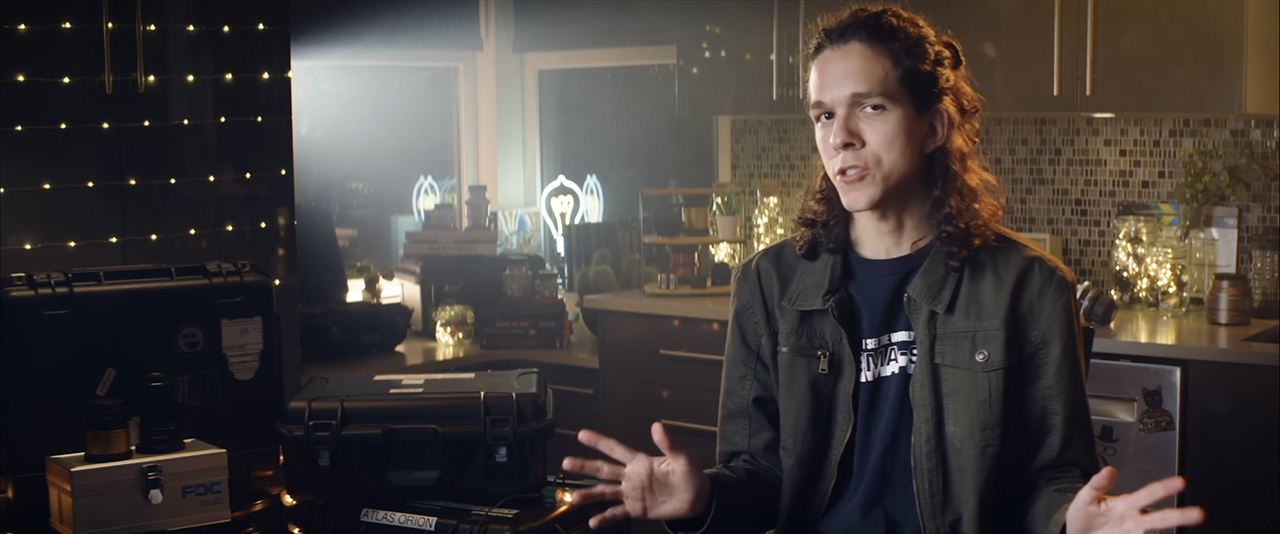
What the heck is anamorphic?
Whether in lens ads or perfectly ordinary conversations, the term “anamorphic” often goes hand in hand with “cinematic”. It promises to achieve a distinct film look and get the audience to sit in awe, mesmerized by amazing visuals. But how? Let’s take a quick detour to basics.
Tito Ferradans explains that the word “anamorphosis” comes from Greek and means “to reshape” (“ana” = “back” or “again”, “morphe” = “shape”). In the case of lenses, they reshape the image from the real world into a squeezed version that lands inside the camera: either on film or the sensor.
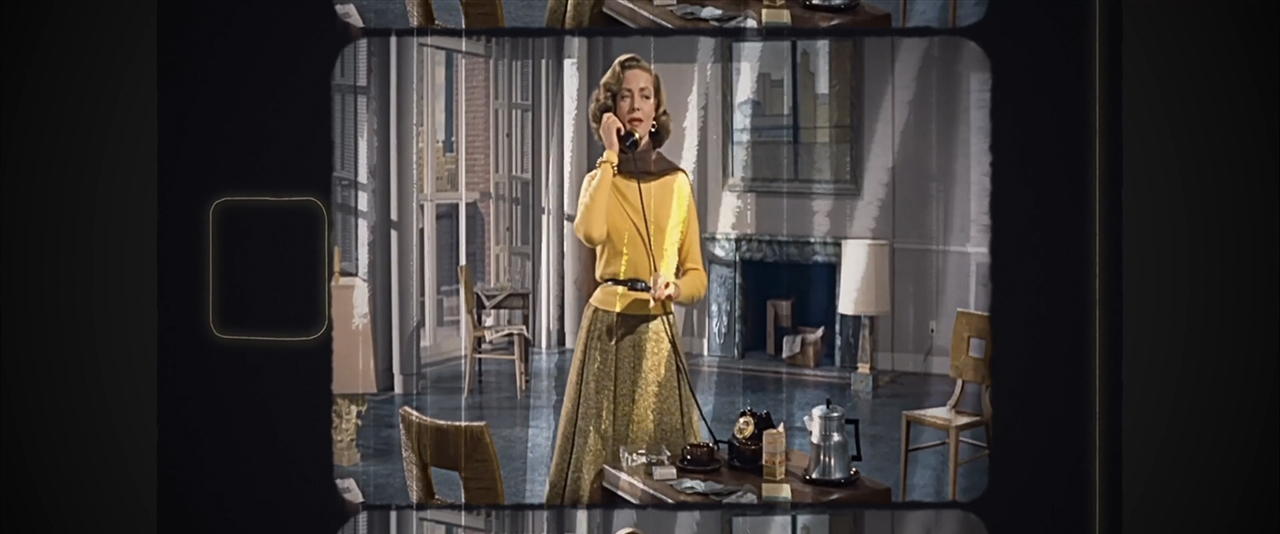
Images source: Tito Ferradans / MZed 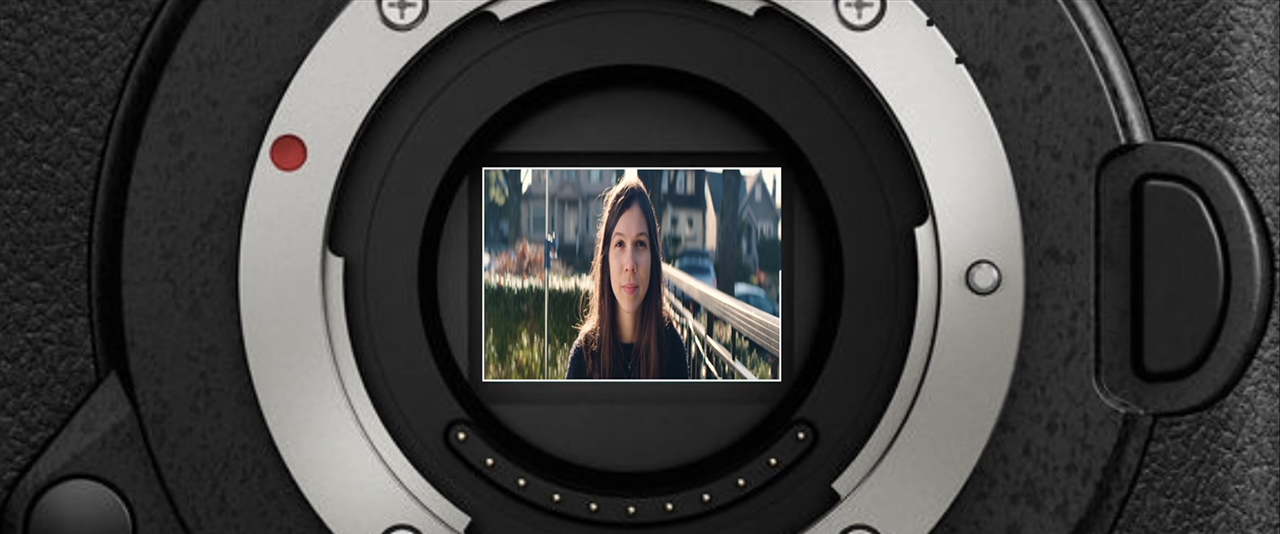
The first patent for an anamorphic lens was registered way back in 1898 in Germany, but there were issues, so the project never moved ahead. After a few other tries and stabs, French astronomer Henri Chrétien developed an optical process (called Hypergonar) to provide a wide-angle viewer for military tanks during World War I. Only in the 1950s did anamorphics have their breakthrough in the filmmaking industry becoming Hollywood’s sweetheart ever since.
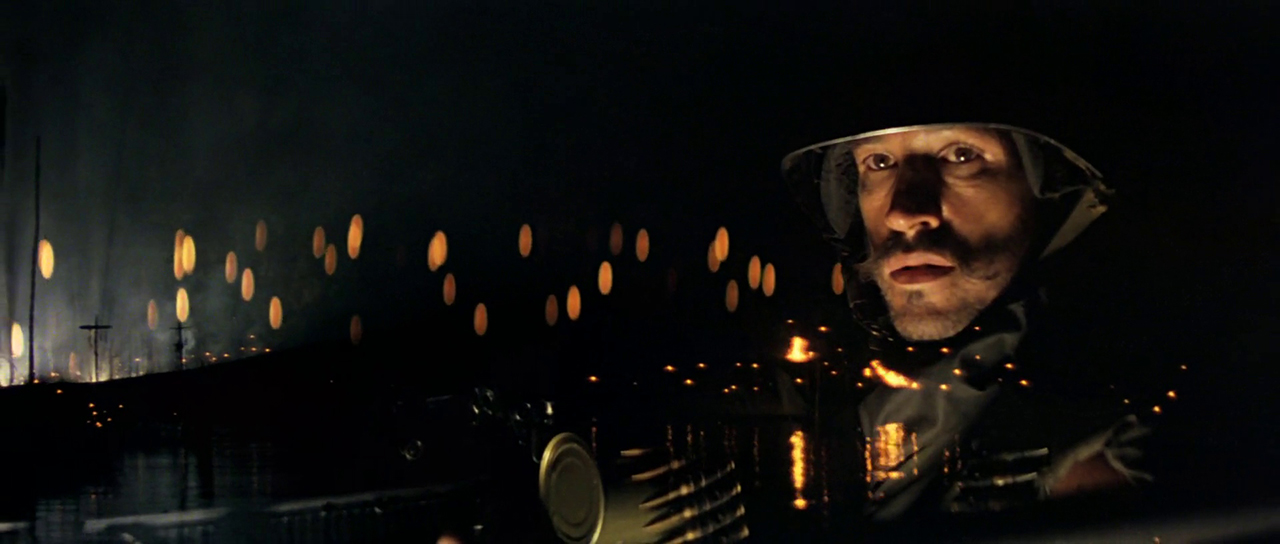
A film still from “Apocalypse Now” by Francis Ford Coppola, 1979 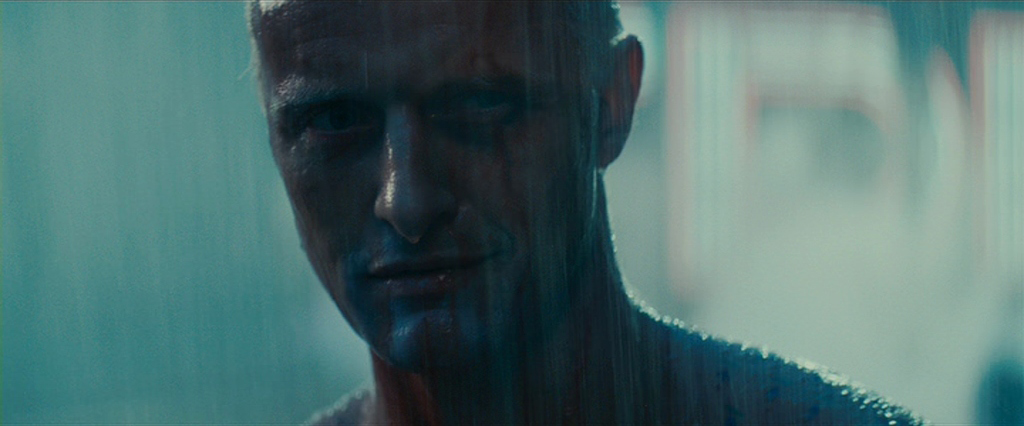
“Blade Runner” by Ridley Scott, 1982 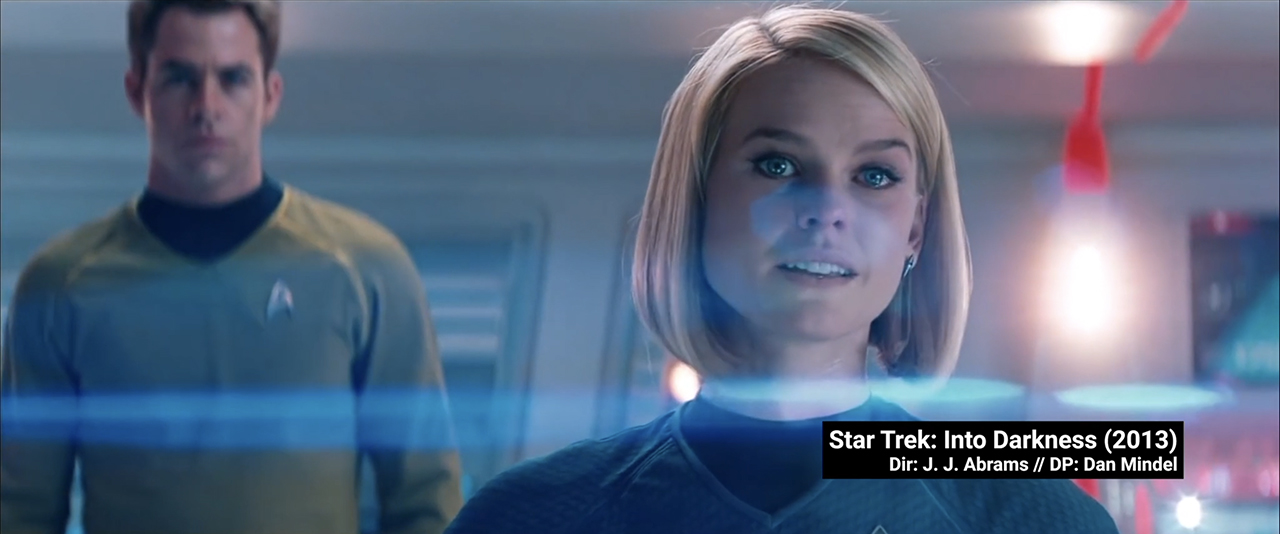
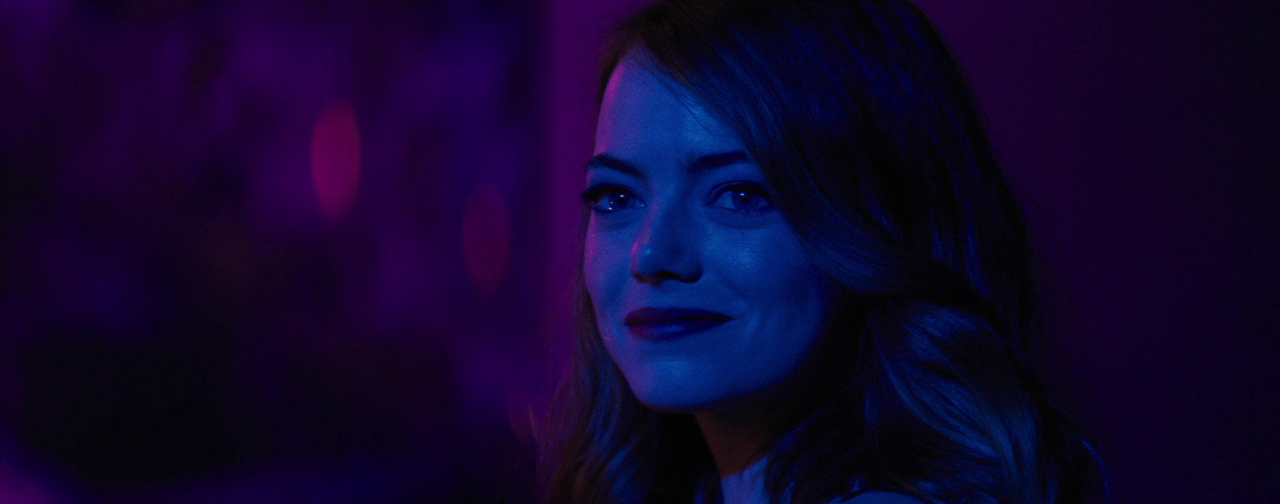
“La La Land” by Damien Chazelle, 2016
Why? Well, at this time television became more popular. The Golden Age of Hollywood was sadly over, so cinemas needed something revolutionary to bring audiences back in. Inspired by the success of Cinerama (which was basically stitching three films together to create a wide screen) and how it boosted immersion compared to the 4:3 aspect ratio, Twentieth Century Fox brought the French inventor to America and bought the rights to his technology. And so this ride began!
Explaining the technology behind it
Spherical lenses – as the name suggests – consist of curved elements, each of which would create a larger sphere if someone ever expanded it (the cross-section scribble of Helios 44 below may explain it better than I do). The difference in the size is what controls how each element shapes the light. The spherical shape ensures that light behaves the same in all directions.
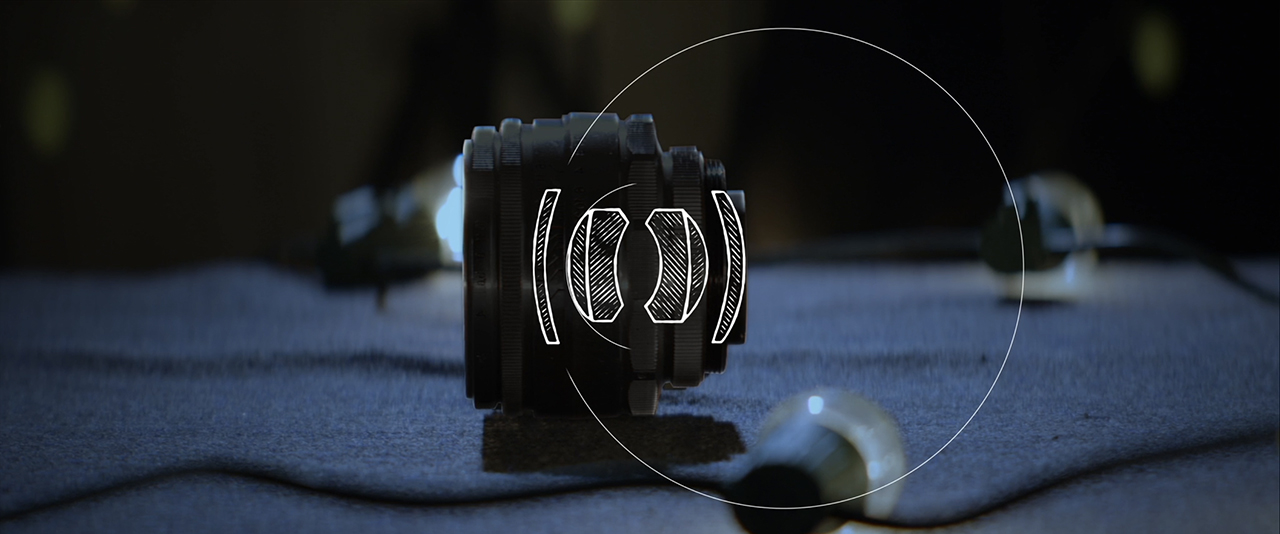
At the heart of an anamorphic lens lies distortion, explains Tito. As we already know, this technology was supposed to squeeze the image, so when the projector de-squeezed it, it would show a wider shot with more surroundings than a spherical lens could capture. To achieve that, anamorphics included (and do so to this day) other elements, which provide a controlled distortion in one axis. These elements could be either prisms (less popular) or cylinders (originally used in Hypergonars and applied in the vast majority of anamorphics to this day). If we were to expand their shape, it wouldn’t turn into a sphere, but into a tube, a cylinder.
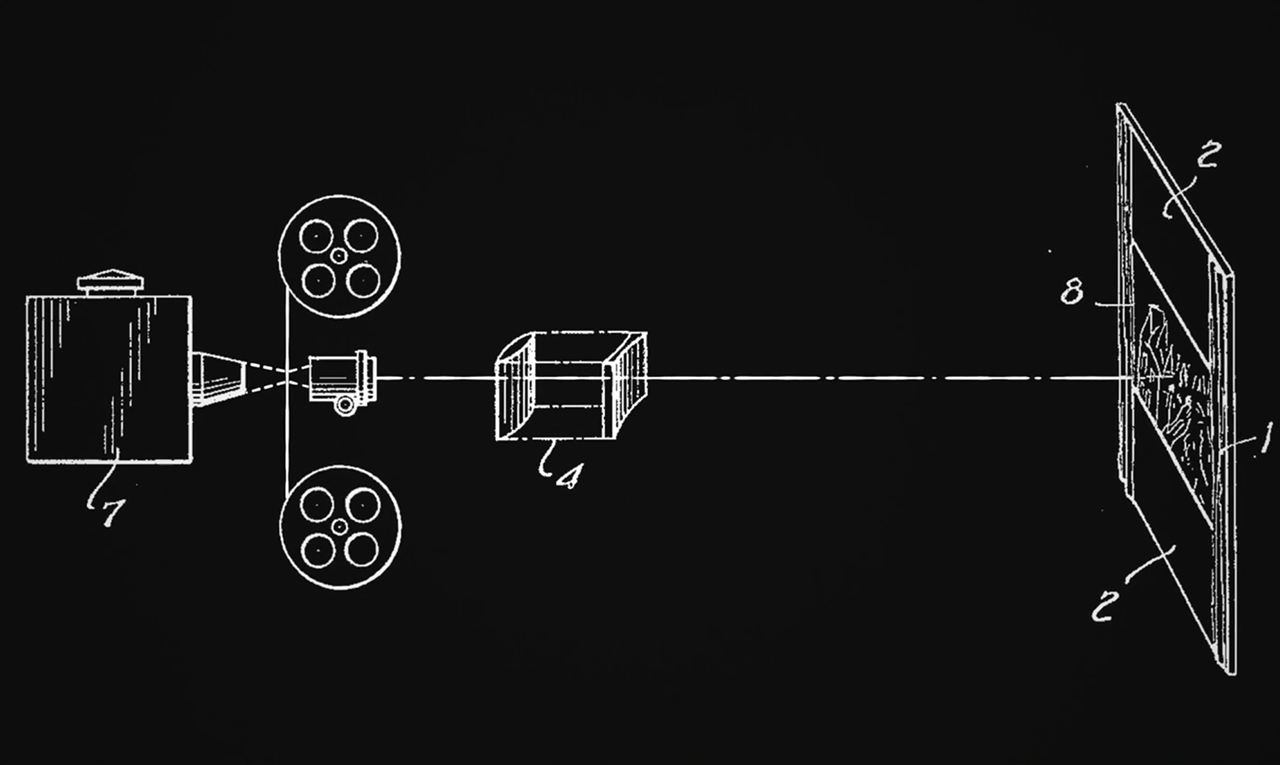
Original scheme of Hypergonar. Images source: Tito Ferradans / MZed 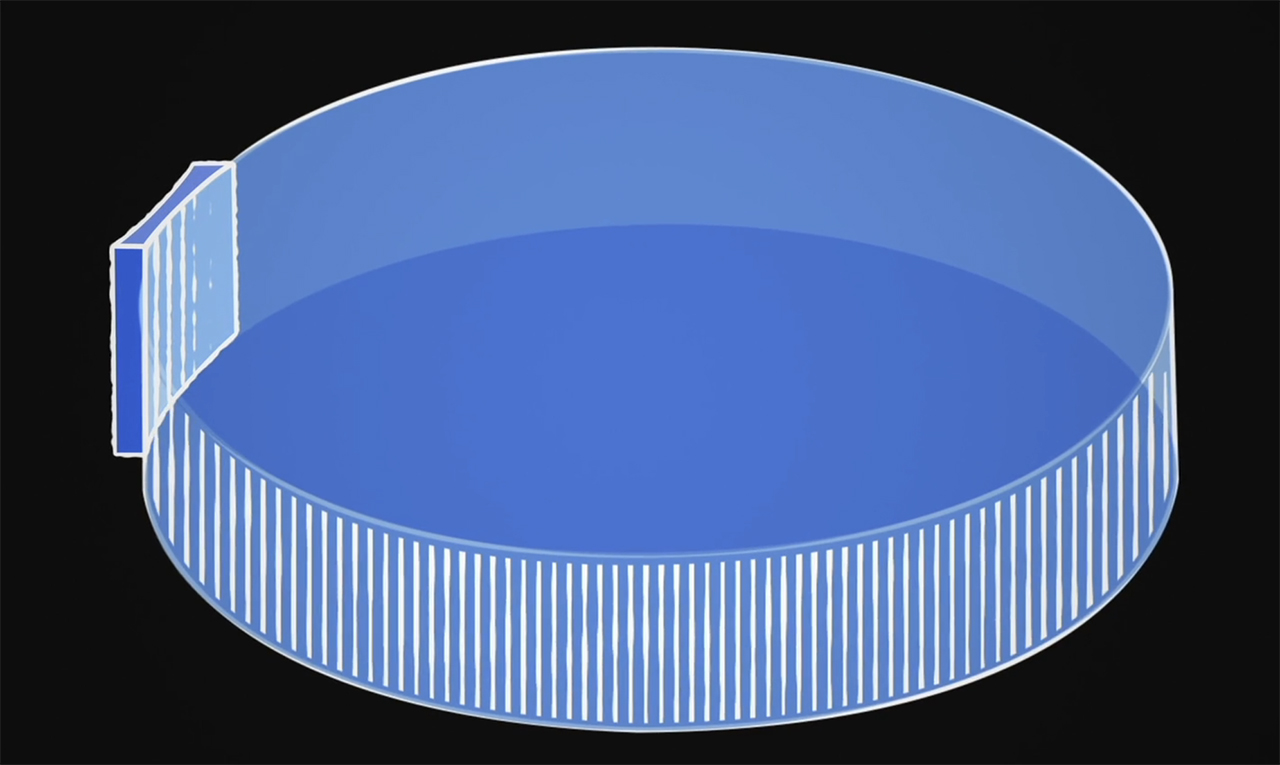
As you can see above, the cylinder curves the image only on one axis, creating the squeeze and allowing it to capture more visual content horizontally. Of course, this shape had its issues. For instance, on the sides of the frame, actors looked thinner than in the center (imagine the reaction in the Hollywood of the 1960s!) Some problems were addressed over time; others became features of the anamorphic look.
Spherical vs anamorphic lenses: the difference in look
Okay, so now we understand the technology, but what does it mean in terms of look? Here, Tito Ferradans refers to Panavision’s lens expert Dan Sasaki, who broke down the characteristics of anamorphics into “five pillars”:
- Bokeh. Anamorphics have a noticeably oval bokeh as opposed to the circular one created by spherical lenses. This gives the out-of-focus areas an almost paint-like quality, which is also romantically called “Waterfall bokeh”.
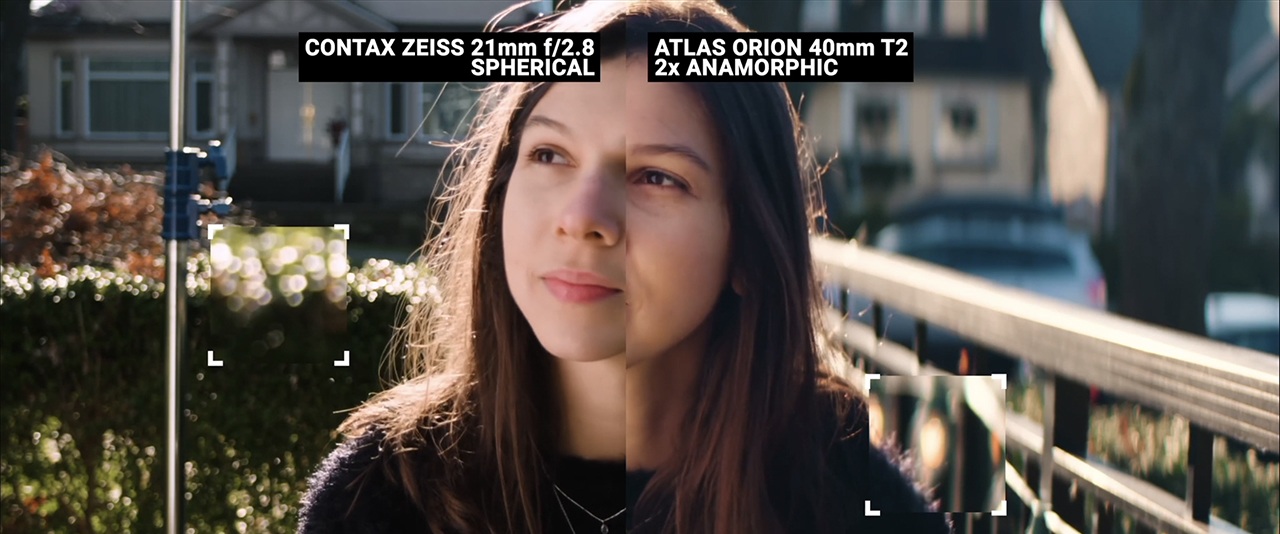
- Disproportionate breathing. Because of the squeeze factor, we end up with different magnifications on each axis. That means when you pull the focus on an anamorphic lens, the image seems to extend or contract much more vertically. This unique type of lens breathing draws way more attention to the elements in focus.
- Lens Flares. Naturally, the rays of light in the picture and how they act differ from lens to lens. That said, no arguing that anamorphics are most known for their bluish-purple horizontal flares.
- Magnification and perspective. This is maybe the most important difference. While shooting scope, the focal lengths and angles feel more natural compared to matched framing in spherical lenses. Take a look at the example below. In the second scenario, we need a wider lens, which makes perspective lines stronger, distorts the image more, and curves the character’s shape when they are close to the camera. Anamorphics avoid it, due to, again, the different magnification on the horizontal and vertical axis.
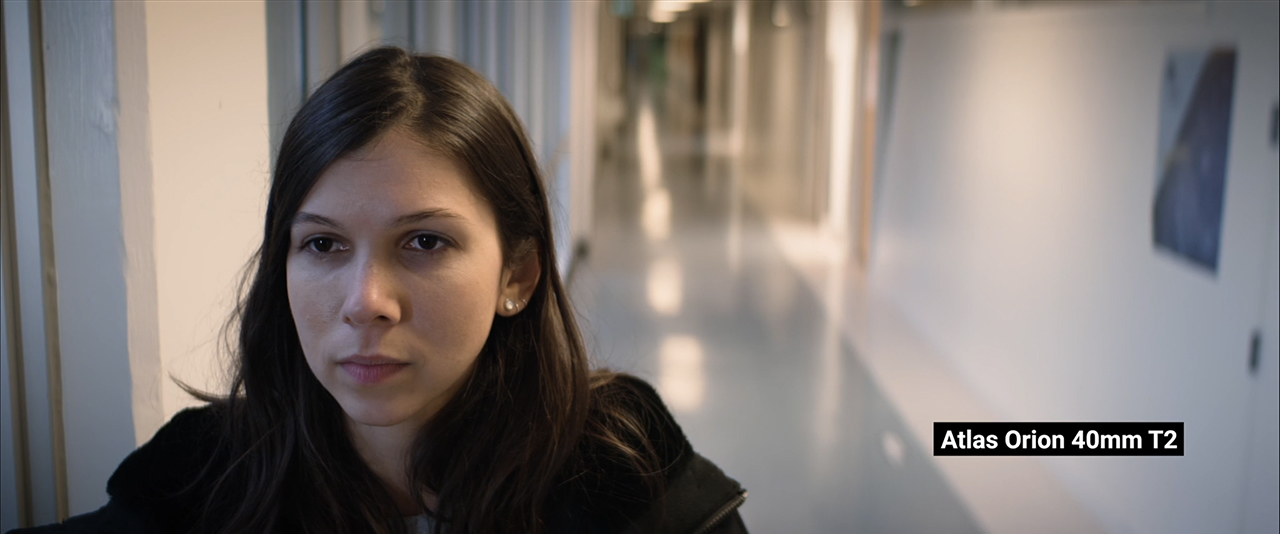
Images source: Tito Ferradans / MZed 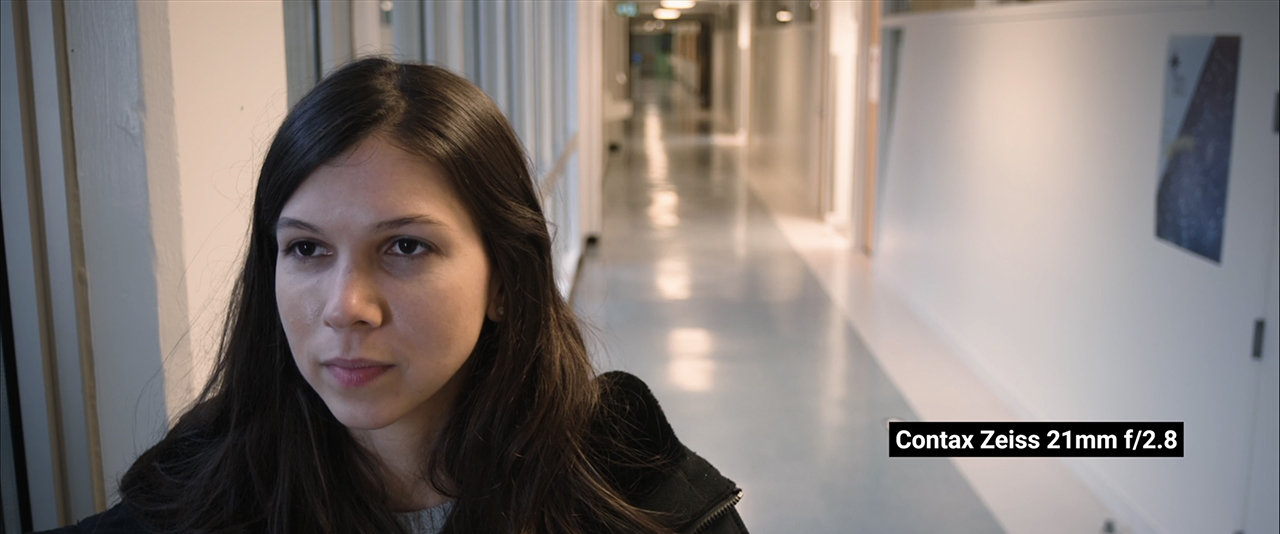
- Organic focus roll-off. Anamorphic focus roll-off helps blend in-focus and out-of-focus areas. It can feel imperfect compared to sharp spherical lenses, but at the same time, it smoothes how our eyes transition from the subject to the background.
A few words about adapters
If you are already surfing affordable anamorphic options on eBay to try out, you will notice that sometimes instead of lenses you come across so-called anamorphic adapters. They are not the same, warns Tito Ferradans. An anamorphic lens (like the ones we reviewed during NAB) is a complete setup, built from a spherical component and an anamorphic block. Together, they produce a focused image onto the sensor or film plane. It’s the whole thing you just put on your camera and use as a normal lens.
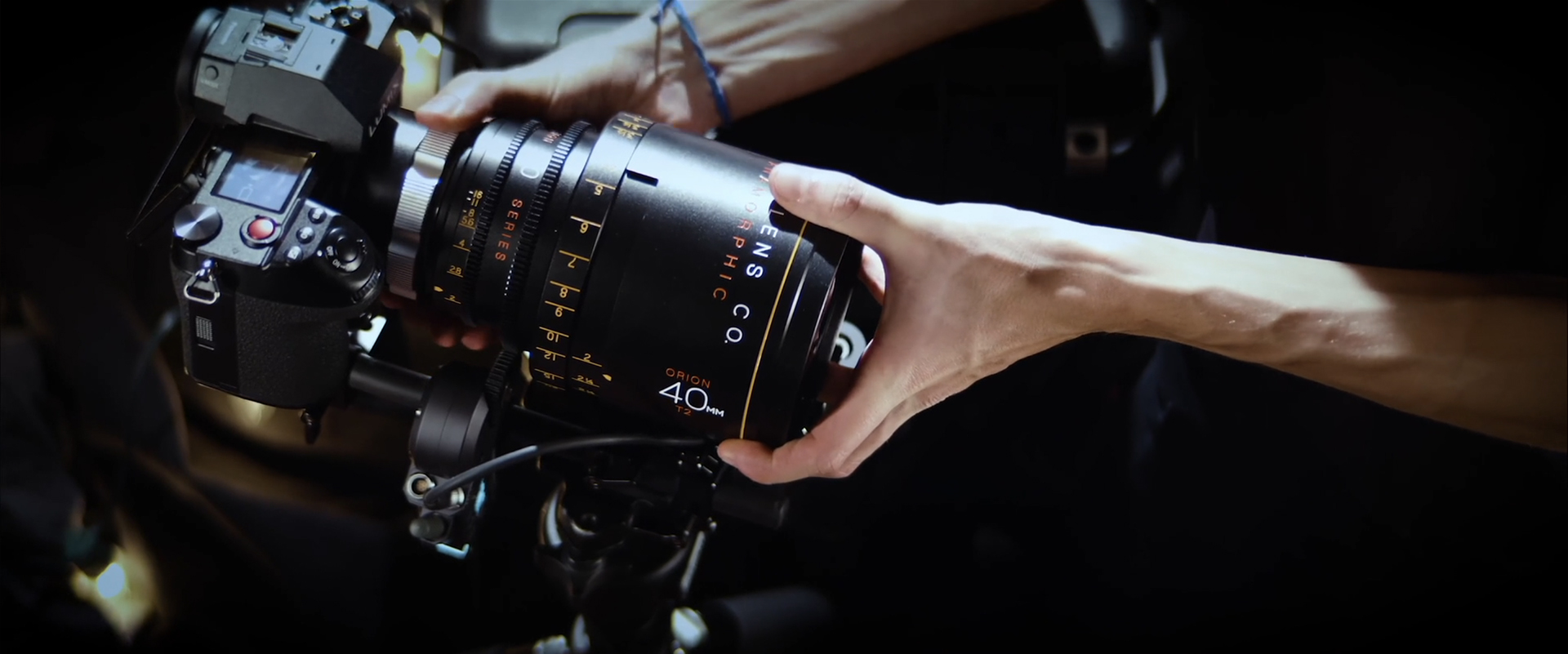
Images source: Tito Ferradans / MZed 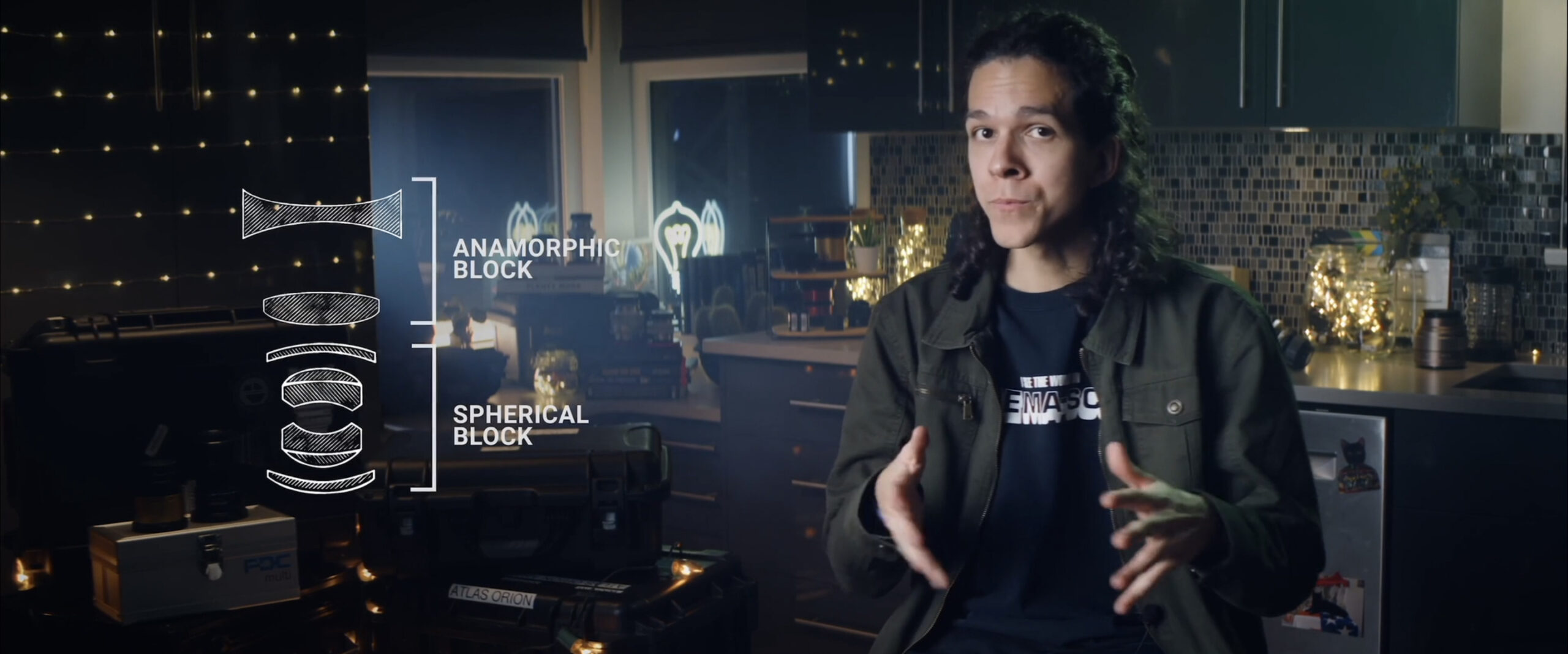
Anamorphic adapters can’t produce images by themselves. They are afocal systems, just like telephoto converters, which means they can’t focus light into a picture. What those adapters do is squeeze the image. So, to actually see and capture their work, we always need a focusing component – a spherical lens (called “a taking lens” in this case). As a result, using an adapter means you will have to pull focus twice. And, by the way, that’s exactly how the first anamorphic movies like “The Robe” were shot – with two ACs for a single camera.
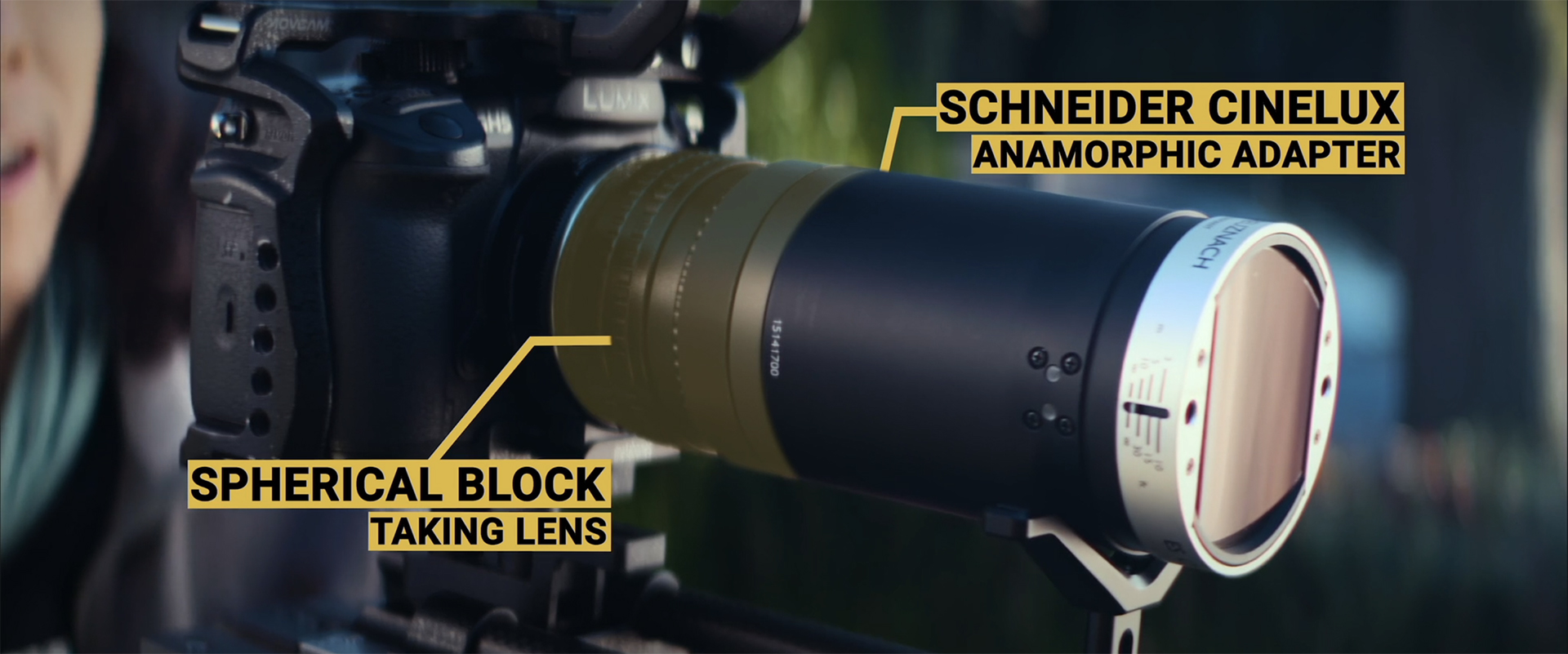
There are advantages and drawbacks to each of these solutions. The ready-made lenses are more expensive but easier to use. Anamorphic adapters are cheaper and much more versatile, but you will also have to brace yourself for lots of fiddling. If you decide to take the second path (or even build something from the ground up), Tito unveils tons of secrets and tips on how to rig your anamorphic setup properly. (We wrote about some of them here).
What effect does the look of anamorphic lenses have?
A huge portion of the effect the anamorphic look has on viewers is unleashed subconsciously. We’re just so used to its aesthetic from our favorite blockbusters like “Star Wars”, “Indiana Jones”, or “Blade Runner”, that we automatically connect anamorphics to them. Also, that’s the reason shooting scope drastically boosts the production quality and puts your film on the shelf, closer to masterpieces. It’s nothing logical: People feel and perceive your stories differently, and that’s why we call this optic “cinematic”.
The unique characteristics of anamorphic lenses bring a lot to the table as well. Earlier, we talked about the waterfall bokeh. It creates a greater separation between the subject and background. Another feature is the more natural perspective that allows us to see the characters up close without distortion and get a good sense of their surroundings at the same time. Anamorphics may have been made for wide epic shots, but due to the tighter depth of field, they can also transfer a very intimate scene to us, achieving stronger immersion.
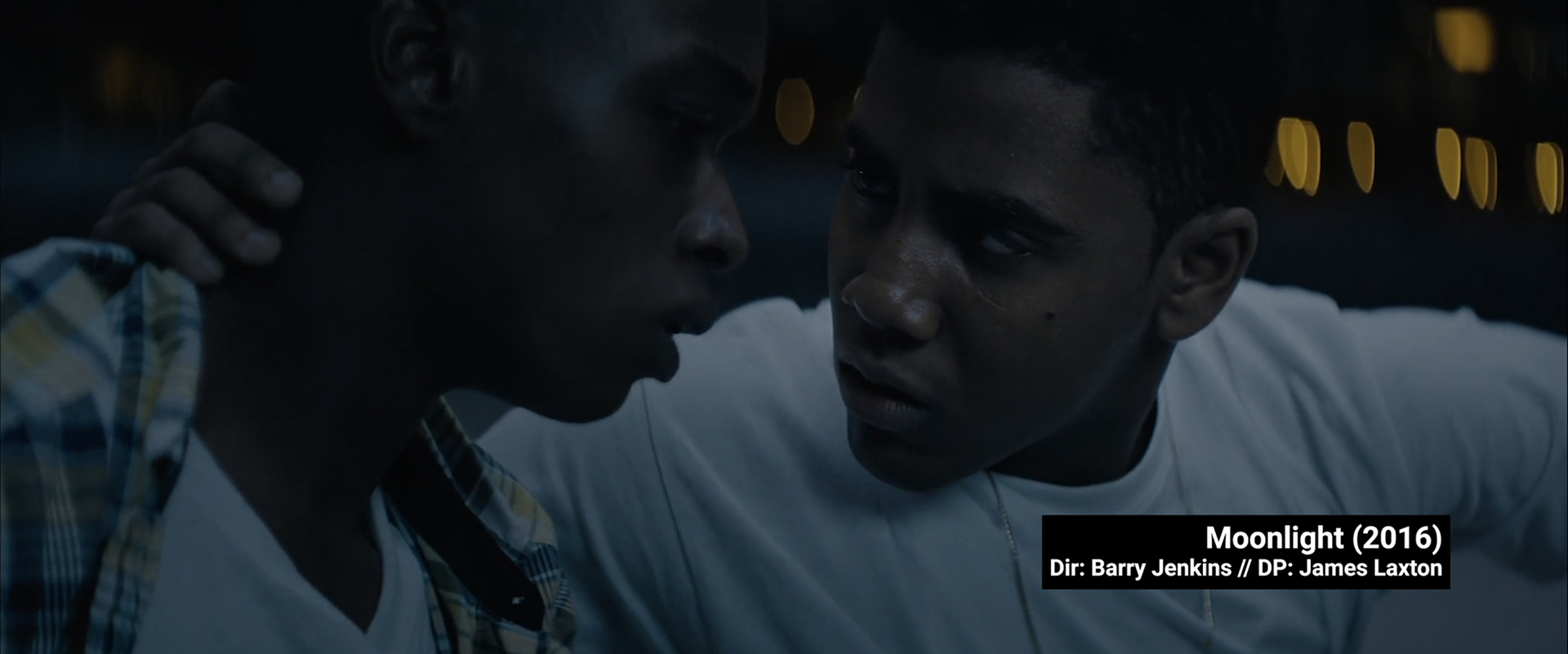
Anamorphic lenses suffer from many artifacts – spherical aberration, chromatic aberration, and astigmatism to name a few – but it’s exactly that which makes them the opposite of “sterile”. You may have heard how some filmmakers call digital cinematography “too clean”. Well, that’s something no one would say about anamorphics.
When we think “anamorphic”, we think “cinema”, we think “film look”, and the experience of going to the movie theater comes to mind.
Tito Ferradans
Learning more about anamorphic vs spherical lenses
This was just a short introduction to the vast world of shooting scope. If you’re interested in understanding anamorphic lenses in the smallest detail, check out “Anamorphic Cookbook” on MZed.com. There, Tito Ferradans explains the difference between cine vs. consumer lenses, dives into important technical aspects (like stretch factors and various focus types), and guides us step-by-step in building our own anamorphic rig and getting the best out of it. And for those of you who only want to replicate this distinct film look without buying new gear, Tito offers another course on MZed.com, called “Anamorfake It Until You Make It“.
What else do you get with MZed Pro?
As an MZed Pro member, you have access to over 500 hours of filmmaking education. Plus, we’re constantly adding more courses (several in production right now).
A small portion of the hundreds and hundreds of educational content that is part of the MZed Pro subscription.
For just $30/month (billed annually at $349), here’s what you’ll get:
- 55+ courses, over 850+ high-quality lessons, spanning over 500 hours of learning.
- Highly produced courses from educators who have decades of experience and awards, including a Pulitzer Prize and an Academy Award.
- Unlimited access to stream all content during the 12 months.
- Offline download and viewing with the MZed iOS app.
- Discounts to ARRI Academy online courses, exclusively on MZed.
- Most of our courses provide an industry-recognized certificate upon completion.
- Purchasing the courses outright would cost over $9,500.
- Course topics include cinematography, directing, lighting, cameras and lenses, producing, indie filmmaking, writing, editing, color grading, audio, time-lapse, pitch decks, and more.
- 7-day money-back guarantee if you decide it’s not for you.
Full disclosure: MZed is owned by CineD.
Join MZed Pro now and start watching today!
What do you think about the cinematic look of anamorphic lenses? Do you also consider getting an anamorphic set (or maybe already own one)? If so, which one? Let’s talk all about shooting scope in the comments below!
Feature image: a collage from film stills (“Indiana Jones”, “La La Land”) and the original scheme of anamorphic technology (source: Tito Ferradans / MZed).



